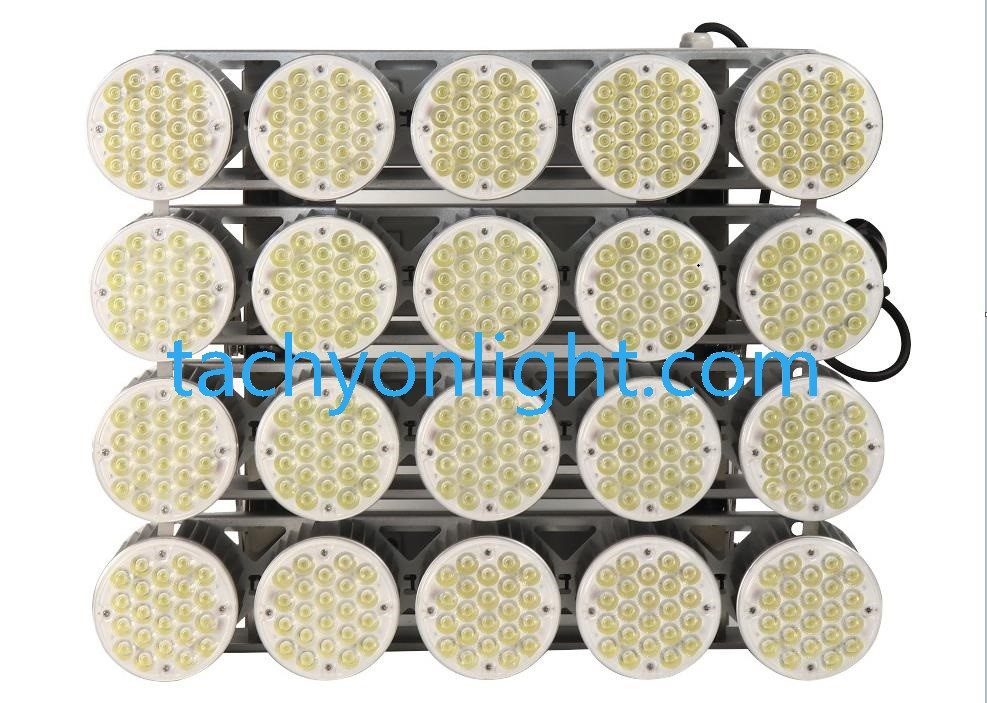Classification and Advantages and Disadvantages of Fluorescent Lamps
Classification of fluorescent lamps
1: According to lamp size and power classification:
The length of the tube is 12 steps from 135.9 ~2374.9mm;
The power ranges from 4W to 125 W in 14 levels.
The power is divided into two categories: high-power and low-power: high-power lamps refer to 65 ~ 125W, and low-power lamps refer to between 4 ~ 40W.
Dimensions and power of fluorescent lamps:
Power Wattage Size Length Diameter (mm)
8w -287 x 15mm
15W 436 x 38mm
20W 589 x 38mm
30W (thin tube) 894 x 25mm
30W 894 x 38mm
40W 1300 x 38mm
- Classification by tube diameter: There are four types of tube diameters: T5, T8, T10, T12
T5 T8 T10 T12
15 25 32 38 -diameter (mm)
3: According to the classification of the starting method, there are two preheating start-up types and quick-starting types, which are the most widely used. The quick-start type does not require a starter, and is a direct start lamp.
4: Classified by light color: daylight color, cool white, warm white 6500k 4500k 3500k
5: Classification by shape: There are two types of rings: straight tube shape and ring shape: U shape, H shape, double H shape, spherical shape, SL shape, ZD shape, etc.
The models and specifications of commonly used fluorescent lamps are divided into four parts: YZ 40 RR 32, YZ means straight tube shape, YH means ring tube, 40 means power, RR means fluorescent lamp color, daylight shape RR, cool white RL, warm white RN, 32 means Outside diameter mm.
The Advantages of Fluorescent Lamps
1: High light ratio, luminous efficiency 40-50 lm/W, while incandescent lamp 3-16 lm/W, soft light,
2: Long life (5000 hours),
3: It is a linear surface luminous body,
4: The temperature is low (45 degrees Celsius),
5: The light source (color temperature) is close to sunlight, and the CRI is high.
Disadvantages
1: The cost is higher,
2: Great impact on the environment (large impact on temperature, humidity, voltage, etc.),
3: There is radio frequency interference,
4: There are many lines and auxiliary devices are needed.
5: The service life is related to the number of switches, (the number of switches is more, the service life is shortened),
6: Longer energizing time.
The difference between fluorescent lamps and incandescent lamps
- The principle of light emission is different: fluorescent lamps emit light through ultraviolet rays irradiated on the phosphor powder on the wall of the lamp. Incandescent lamps are the light generated when electric current passes through tungsten wire resistance and electric energy is converted into heat.
- Different light sources: fluorescent lamps are cold light sources, incandescent lamps are hot light sources,
- Fluorescent lamps are energy-saving, and incandescent lamps will generate a lot of heat.

4. The luminous efficiency of the fluorescent lamp is not high enough, the thermal stability is poor, the luminous decay is large, the luminous flux maintenance rate is low, the incandescent lamp does not need the starter and the ballast, the start-up is fast, the power is small, no stroboscopic, and not easy to look at fatigue. It is not only super energy-saving but also environmentally friendly.
Maintenance of fluorescent lamps
- Do not switch the lights too frequently. Too frequent lighting will cause the two ends of the lamp tube to darken prematurely, which affects the output power of the lamp tube, and it should be noted that it will take 5-15 minutes to restart the lamp after turning off the lamp.
- If the voltage is very low, the two poles of the lamp will emit tungsten at the beginning of lighting, which will cause a lot of dot-shaped pollutants inside the lamp, which will become one of the reasons for the damage of the lamp. Therefore, it is recommended to keep it as high as possible. Turn on the light under voltage.
- Fluorescent lamps have many lines and need auxiliary devices, so they must be used in conjunction with corresponding transformers, capacitors, etc. to ensure that the lamp tube starts to a suitable power.
- Pay attention to maintaining a ventilated environment, not only to take away the dust, but also to reduce the temperature of the lamp to extend the life of the lamp.
What are the hazards of fluorescent lights
1.Fluorescent tubes contain heavy metals such as mercury and phosphors, which can cause harm to the environment and humans.
2. Damage to the environment: Because the phosphor contains a large amount of Hg when it is charged into the fluorescent tube, the main source of its hazard is the Hg vapor it emits. Authoritative information shows that when mercury vapor reaches 0.04 to 3 mg, it will cause chronic poisoning in 2 to 3 months. At 1.2 to 8.5 mg, acute mercury poisoning can be induced. If the amount reaches 20 mg, it will directly cause animal death.
Once mercury enters the human body, it can quickly disperse and accumulate in kidney, chest and other tissues and organs. Chronic mercury poisoning can cause mental disorders, autonomic disorders, and acute symptoms such as headaches, fatigue, fever, oral and digestive tract gums swelling Acute interstitial pneumonia such as soreness, malaise and bleeding, loose teeth, red spots on some skin, papules, a small number of kidney damage, individual kidney pain, chest pain, dyspnea, cyanosis and other acute interstitial pneumonia.
How to Replace Fluorescent Tubes
If there is a black circle on both ends of the fluorescent tube, it means that the tube is burned out and needs to be replaced in time.
- Prepare tools
New fluorescent lamps, ladders, insulating gloves.
- There is a problem with the fluorescent lamp
In the case of a bit in the home circuit, other lights can be on or off. If the fluorescent tube has a black circle on both ends, it can indicate that the tube is burned out and it is time to replace it.
- How to replace fluorescent tubes:
Take a ladder, or a chair, and wear insulated gloves on your hands (not possible, although you can keep your hands dry, but for safety, it’s best to disconnect the main power supply at home) to be able to reach the lamp, and then hold the middle of the lamp. Rotate the lamp 90 degrees (may be greater than may be less, depending on the test situation, the total is less than half a circle)
Pull the lamp out with a little force, you can pull out while turning, one end can come down, and the other end can follow.
If it is a fluorescent bulb, then use your hand (preferably wear insulated gloves, or cut off the power) and take the insulated tube to unscrew the bulb directly. Pay attention (spiral lamp, turn it directly; for hanging lamp, press it in first, then turn it) Unplug).
Precautions when changing fluorescent tubes:
Note that when touching or disassembling electrical appliances, for your safety, if you are inexperienced, please wear insulated gloves or cut off the power in the circuit.




